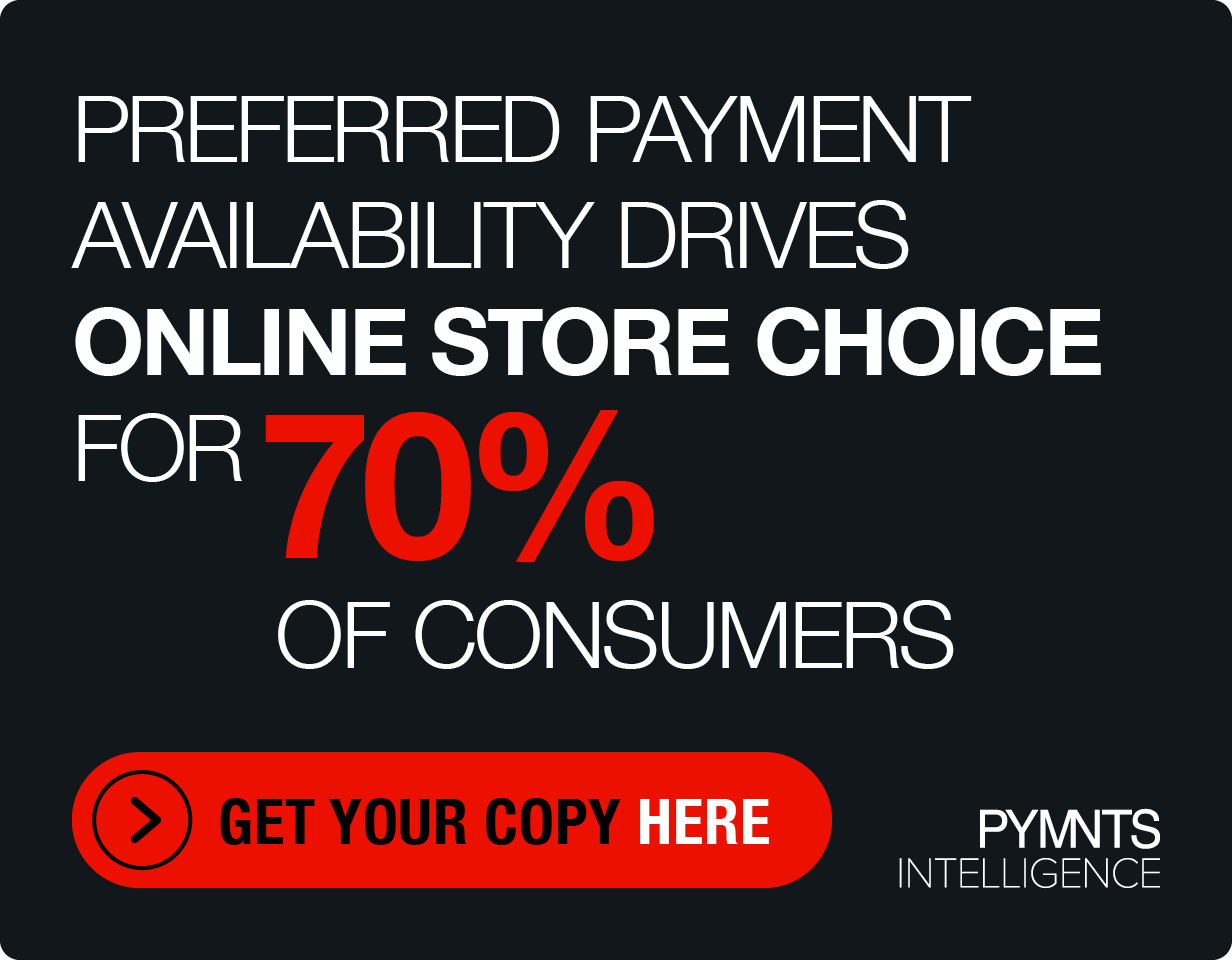JPMorgan Sees ‘Big Data’ Becoming ‘Smart Data’ With Help of Super Apps
The digital front door is opening.
Lia Cao, managing director and global co-head of corporate and eCommerce sales and solutions at J.P. Morgan Payments, told PYMNTS’ Karen Webster that the super app is coming — and in some cases, is already here.
It depends on where you look, of course.
The super app has already taken root in Asia Pacific and is poised to see some catch-up in other regions, including Latin America and Africa. The key to unlocking use cases and user experiences that once required multiple apps to complete — and bringing them all together — rests with turning Big Data into “smart” data, she told Webster.
As to the examples already out there, in Asia, Alipay and WeChat have served as springboards toward a variety of connected experiences that help consumers navigate all manner of commerce, financial activities and social media.
In North America and Europe, that ecosystem is lagging, in part because of the maturity and stickiness of existing apps, consumer preferences and concerns about data sharing and privacy. Scores of mini programs and services are stitching together a piecemeal approach to digital interactions. A consumer might tap into Amazon’s platform to find goods but use PayPal to pay.
That interplay involves toggling between providers, leaving one site to get to another and sometimes having to input credentials repeatedly before finally completing the transaction.
She noted that consumers demand a more seamless experience, which means that companies must strive to build on top of the technological foundations that already exist today to connect consumers, buyers and sellers.
Nonbanks increasingly want to include financial services and payments functionality as a value-added service or as an additional touchpoint through which to gather data, she said.
“It’s an additional revenue lever as well,” stated Cao.
That’s especially true to smaller businesses that might not have traditionally been focused on payments, but on expanding their market penetration. Now, these smaller firms seek to reduce the complexity inherent in payments and want to offer digital and contactless options.
One avenue they consider is embedded finance, which can streamline B2B transactions in ways that improve liquidity so that they can continue to invest in their operations.
Shaping the Future
In shaping the future of commerce, J.P. Morgan Payments and other companies are actively investing in the concept of connected commerce, which involves linking consumers, buyers and sellers as multiple products and services are combined into a value-added experience that is more than the sum of any parts.
Those investments and data, she noted, “are the foundation for continued and rapid payments innovation.”
Leveraging the wealth of data on hand, the payment rails embedded in platforms and apps can turn pretty much any setting or interaction into an opportunity to commercialize a consumer base, she said. Traditional eCommerce marketplaces want to broaden their appeal to consumers; traditional retailers want to establish more direct-to-consumer (D2C) relationships.
Mobile Wallet on Wheels
And it is the connected car — the proverbial mobile, digital wallet on wheels — that offers a key insight into how fully an ecosystem might evolve.
J.P. Morgan Payments has invested heavily in that space, having acquired Volkswagen Pay and integrated that functionality into its full suite of mobility-focused payment solutions.
At a high level, integrating the services and functions into one point of access allows individuals to complete the initial purchasing or leasing of the vehicle, pay for gas or electric vehicle charging, and set up/maintain streaming media services for in-car entertainment. Voice commands will be critical to enabling those experiences, said Cao, as consumers pull up to the pump or order ahead for coffee to be ready at the station’s marketplace.
The car is evolving into a device which allows users to interact seamlessly with marketplaces, gas stations, convenience stores and even original equipment manufacturers (OEMs) for goods and services.
“This platform is the cornerstone that will enable many players and clients to participate in this new generation of the mobility ecosystem,” she told Webster.
The consumer has to feel that the experience is a good one, free of friction, and that data is secure. Cao noted that authentication — establishing a portable digital identity across all use cases — is a key component in creating new experiences in the connected world.
We’re headed to a future where the same digital identity used to make a payment or redeem loyalty points is also the one used to access healthcare records. And here, partnering with the right providers could help satisfy the compliance, data security and verification efforts that must support the system in the background, she stated.
Tokenized credentials and the blockchain offer ways to create new models for digital identities and to remove friction from the ecosystem, she said.
“There needs to be cross-platform digital identity,” Cao said, “that is no longer limited to a particular marketplace or social network.”
